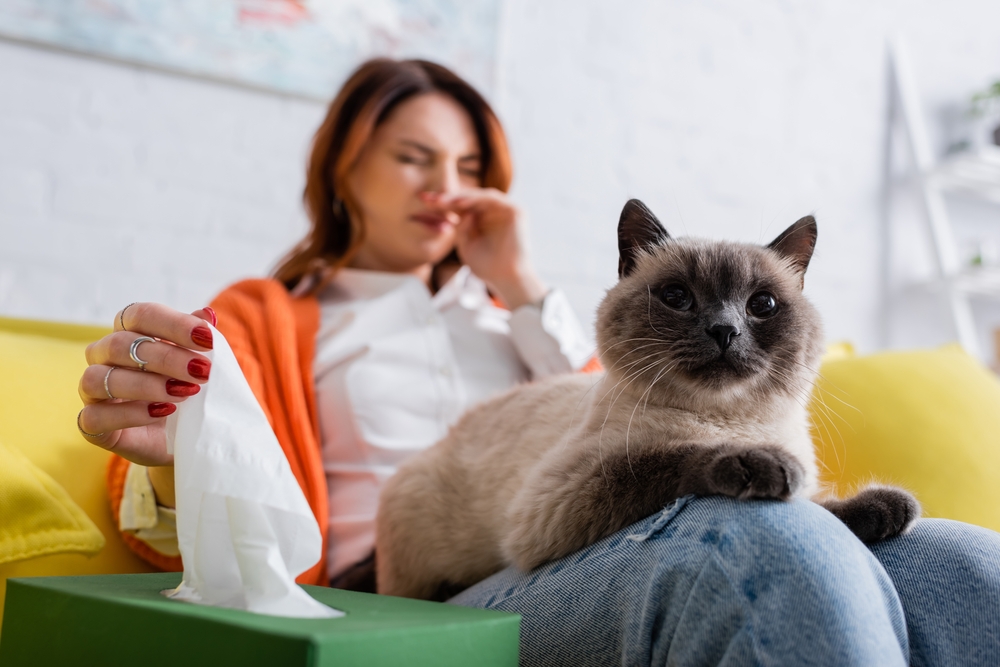Oakland Veterinary Referral Services Blog
What Your Dog Can Eat on Thanksgiving
Food is the star of the show on Thanksgiving for us and our dogs. While there are quite a few holiday treats that are unsafe for dogs to eat, there are plenty of tasty treats they can enjoy. As you start planning your Thanksgiving meal, don’t forget to include a few foods your dogs can eat. Need some inspiration? Your friends at OVRS are here with a list of what your dog can eat on Thanksgiving:

Gratitude: How Our Pets Can Teach Us the True Meaning of Thanksgiving
Thanksgiving is supposed to be all about giving thanks for the many blessings in our lives. Although most of us appreciate time with family (and the food), we sometimes get so wrapped up in the details of the holiday that we forget about the point of it. Spending time with our pets can remind us about this important aspect of the season. Keep reading to find out how our pets can teach us the true meaning of Thanksgiving:

Ideas for the Best Paw-liday Card Photo with Pets
There are so very many things to enjoy about the holidays; sweater weather, time with family and friends, and delicious treats, to name a few. One of our absolute favorite aspects of the holiday season is all the extra time we get with our pets. Including your pets in your holiday photos helps you all get into the festive spirit together (and share it with others). Consider using the following ideas to get the best paw-liday card photo with your pets:

How to Pick the Best Dog Toys
Dogs love to play. A wide variety of dog toys gives them stimulation and keeps them active, which can improve their physical and mental health. They can also provide hours of bonding fun for you and your pup. If you are thinking of investing in some toys for your dog, be sure you choose ones that will provide the most benefits and safety. Use this guide to pick the best dog toys:

5 Most Dog-Friendly Cars
When you’re a dog owner, making certain adjustments to your daily life can help everyone feel more comfortable. If you plan to travel often with your dogs in the car, or take your dog with you wherever you go, you might want to invest in a vehicle that is spacious and safe enough for all passengers—both human and animal. This list of the most dog-friendly cars will help you choose the right vehicle for your needs:

How Dogs Became Man’s Best Friend
The bond between dogs and their humans is well documented throughout history. For many generations, dogs and humans have coexisted and enhanced each other’s lives. It’s hard to imagine a time when the two species didn’t interact at all, isn’t it?
So how exactly did canines get the moniker of (wo)man’s best friend? Let’s dive into the history of canine-human relations to find out how they went from wild animals to some of our dearest companions:

4 Overrated Pet Trends
Overrated Pet Trends: Over-the-Top Grooming
You’ve probably had at least one video on your feed of a dog who visited the groomer and left looking like a zebra or other animal. It is very trendy to request hair dye for a pooch or a fancy, silly cut. While most dye is safe for pets, this trend requires a lot of maintenance. Once you start, it’s pretty hard to stop cold turkey. Many people also believe there’s an ethical dilemma with these unique grooming trends because you can’t ask the animal if they want it. Regular grooming and bathing has many benefits for pets, but you might want to consider keeping it routine instead of asking the groomer for a fun and crazy hairstyle for your furry friend.

Ways To Reduce Your Pet Allergy Symptoms
Fall Allergies in Dogs: Alleviating Your Pet’s Symptoms
People are not the only ones who suffer from seasonal allergies. Our pets can also experience discomfort as the weather changes. If you have an unlucky dog who suffers from seasonal allergies, don’t worry. Your friends at Oakland Veterinary Referral Services are here to help you understand and alleviate fall allergies in dogs.

6 Nearby Hotels That Allow Dogs
At Oakland Veterinary Referral Services, we are privileged to offer services that provide help to people who live locally and those who have to travel a bit to see us. We know it’s hard to be away from home, especially for medical reasons, and we want you to be as comfortable as possible. If you have scheduled an appointment with us from another town, here are some of the nearby hotels that allow dogs:




